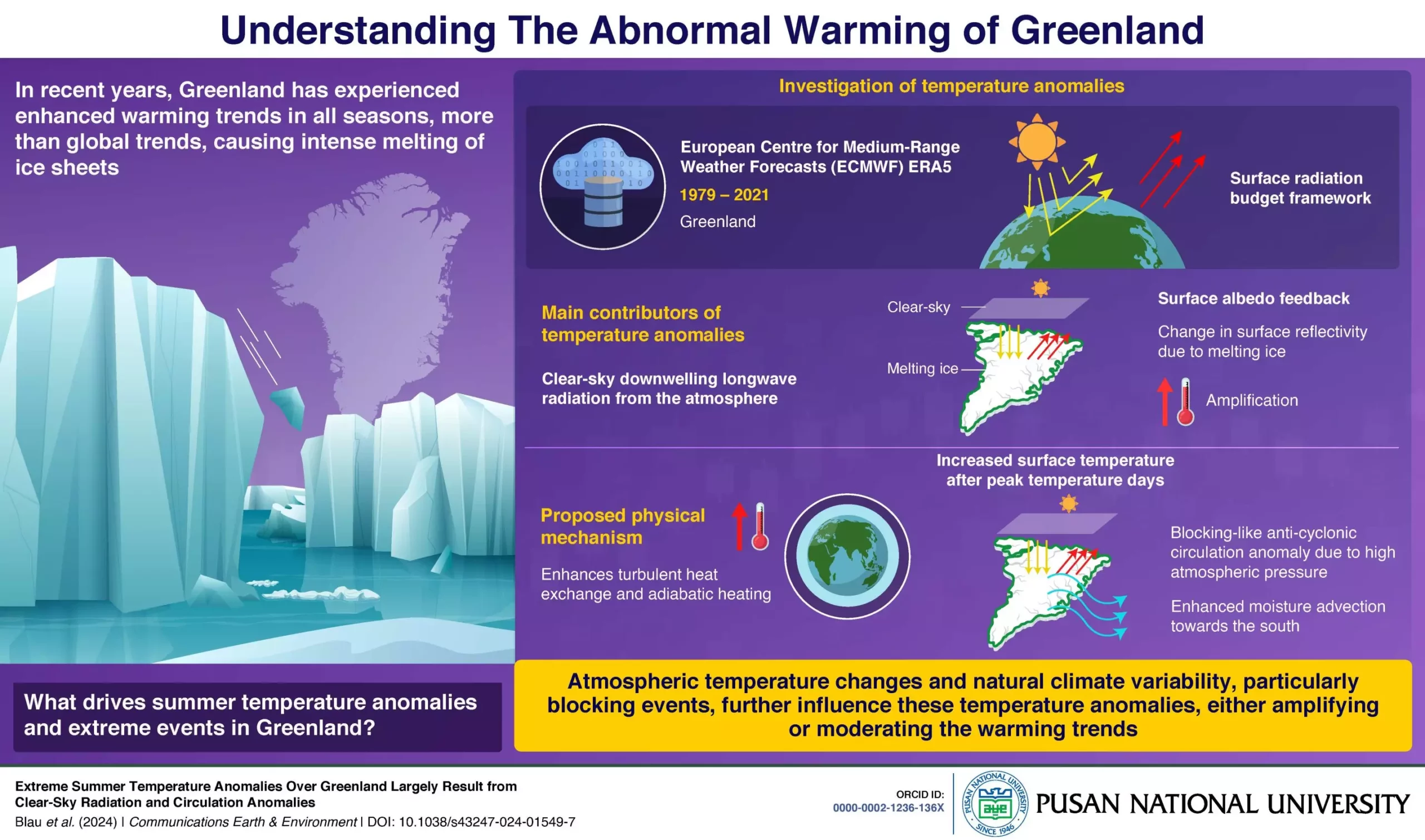The effects of global warming have been felt worldwide, with rising temperatures impacting various regions differently. Greenland, in particular, has been experiencing accelerated warming compared to the rest of the world. This phenomenon, known as Arctic Amplification, poses significant threats to coastal areas and ecosystems due to the potential rise in sea levels. While global warming is driven by human activities, the rapid warming in Greenland can have severe consequences on a larger scale.
Several factors contribute to Arctic Amplification, including local climate feedback processes, heat release from the Arctic Ocean, and energy transport from the south. Melting sea ice during summers exacerbates this phenomenon through a process called surface albedo feedback. This feedback loop results in less ice reflecting sunlight into space, causing further warming in the region. Additionally, the Greenland blocking index, which indicates the strength of high-pressure systems over Greenland, has been linked to temperature trends in the area.
A team of researchers from Korea, led by Professor Kyung-Ja Ha, conducted a study to investigate the anomalous warming trends in Greenland from 1979 to 2021. By focusing on year-to-year perturbations in the surface energy budget, the researchers aimed to explain extreme temperature events in Greenland. Published in the journal Communications Earth & Environment, their study shed light on the dominant factors contributing to Greenland’s surface warming.
The researchers found that increases in clear-sky downwelling longwave radiation, along with surface albedo feedback, were the primary drivers of Greenland’s surface warming. These factors were attributed to an increase in atmospheric temperature, leading to turbulent heat exchange between the atmosphere and the surface. In warm years, this process enhanced moisture transport from the south, creating a high-pressure system that sustained warm conditions and intensified ice melting.
The study highlighted the impact of natural climate variability, particularly related to the blocking index, on Greenland’s extreme temperature events. By understanding the drivers behind these warming trends, researchers can better project the future development of the Greenland ice sheet and implement strategies to mitigate further degradation. The findings of this study offer crucial insights into the mechanisms behind Greenland’s rapid warming and its implications on global climate change.


Leave a Reply